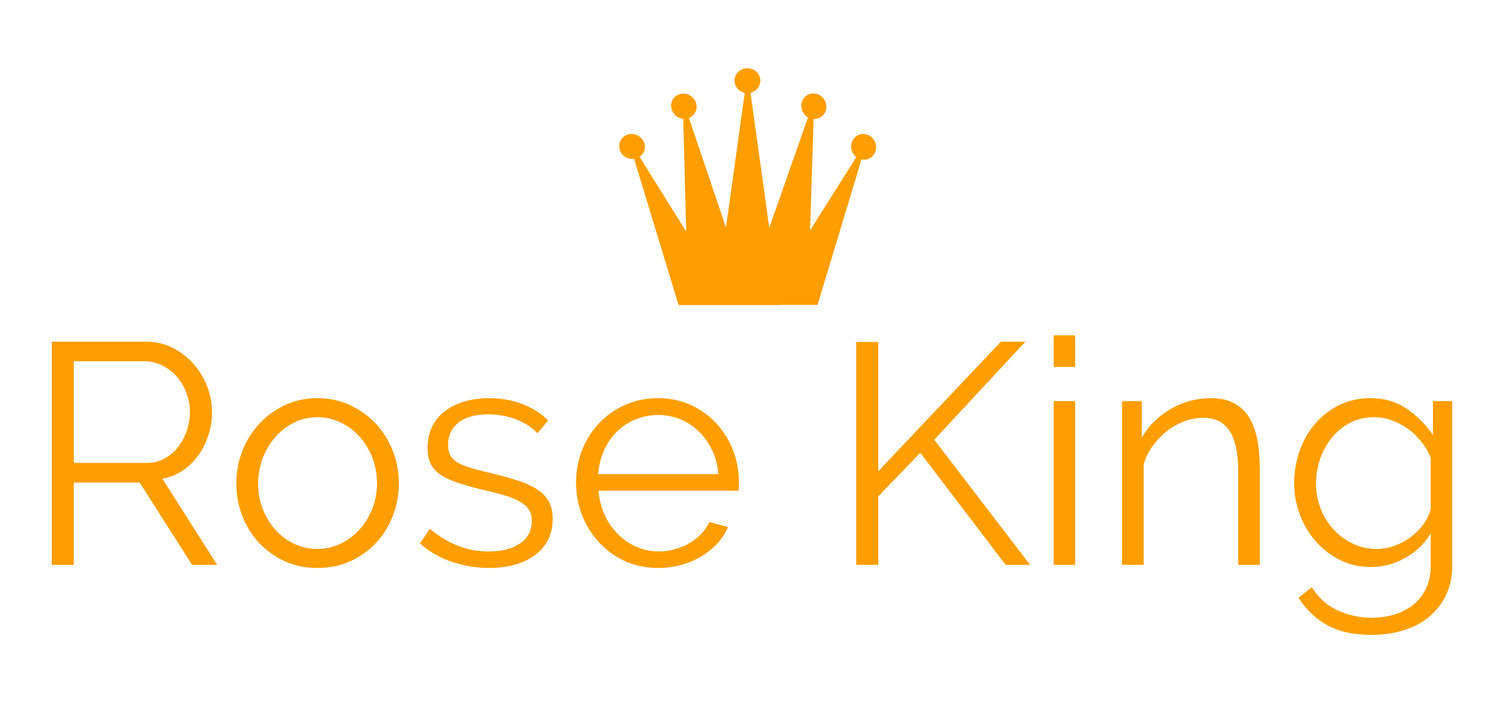I’m often asked how best to handle an audience that includes many different types of people. In other words, how can you be effective as a speaker if you’re talking to group that’s a third government employees, a third nonprofit leaders, and a third business executives? Should you try to address them all equally in the time you have?
Good question.
How do I reach an audience that includes many different kinds of people? Read on. [Photo credit: Denise Johnson]
My answer is no. Don’t deliver three little mini-speeches. Instead, consider a typical commencement speech. Three groups of people attend graduation ceremonies:
1. faculty and staff;
2. parents and family members; and
3. graduates.
Speakers at these events must mention all three of these groups of course. But in general, they spend the bulk of their time talking to their primary audience, the students.
I recommend a similar approach. First, direct some portion of your remarks to all of the major constituents in the room. (Going back to our analogy: at a commencement, it’d be a grave oversight not to acknowledge faculty/staff as well as parents/families, right?) Second, focus your attention on your primary audience, the main group of people you want to influence. That’s who you really care about reaching. That’s who can move your agenda forward. That’s who can move the needle and make a real difference.
Now, there’s one catch. The primary audience doesn’t always equate to the greatest number of people. Yes, a graduating student body is almost always the largest of the three sub-groups listed above. But in some cases, your primary audience may be one of the smaller sub-groups present.
Take the classic board of directors meeting. You may be speaking to 15 people in the room, but there’s really two key individuals you need to reach. Perhaps it’s the Board Chair or the Treasurer? If you can convince both of them, the other attendees will fall behind you and your project will sail forward.
Let’s go back to my opening scenario. If I were speaking to an audience that’s equal parts government, nonprofit, and business, I’d focus on the decision makers in each group. They would be my primary audience. Maybe I’d urge them to work together more effectively? Maybe I’d include examples from different cities? Maybe I’d highlight success stories and failures? Whichever route I take, it wouldn’t involve cobbling together 3 mini-speeches. The organizational structure would be cumbersome and the key message too diluted to be effective.
In the big picture, you should always put your audience first. Figure out what they are interested in hearing from you. When you speak to a disparate group of people, address all of them briefly but focus in on your primary listeners. Whether you want to inspire or challenge, inform or provoke, make sure they walk away with the message you intend to deliver.

![How do I reach an audience that includes many different kinds of people? Read on. [Photo credit: Denise Johnson]](https://images.squarespace-cdn.com/content/v1/56b15eefb6aa6091b8ce7fc2/1532990609203-8OF37C6SFH742NDUUTQ2/denise-johnson-463885-unsplash.jpg)